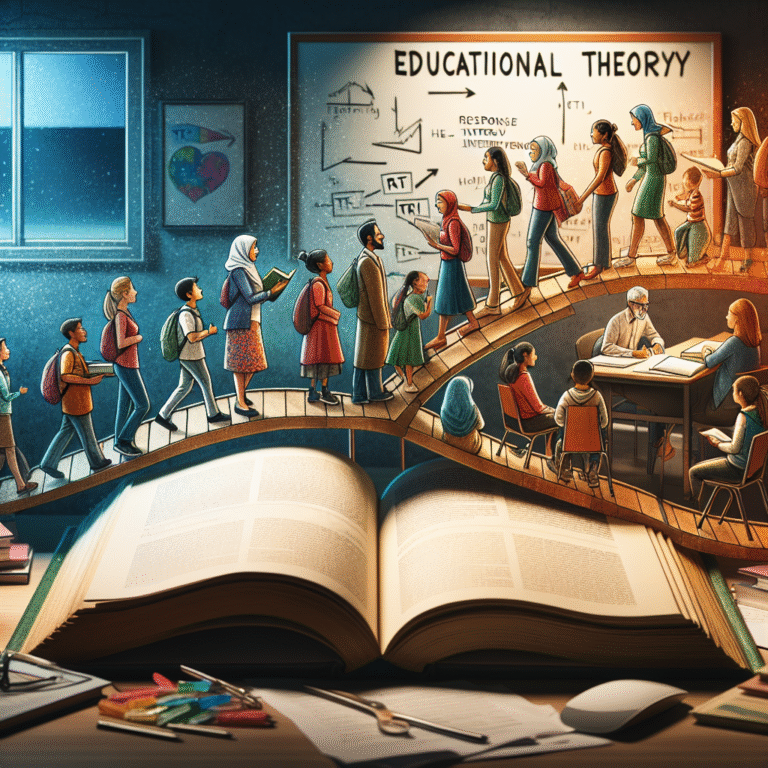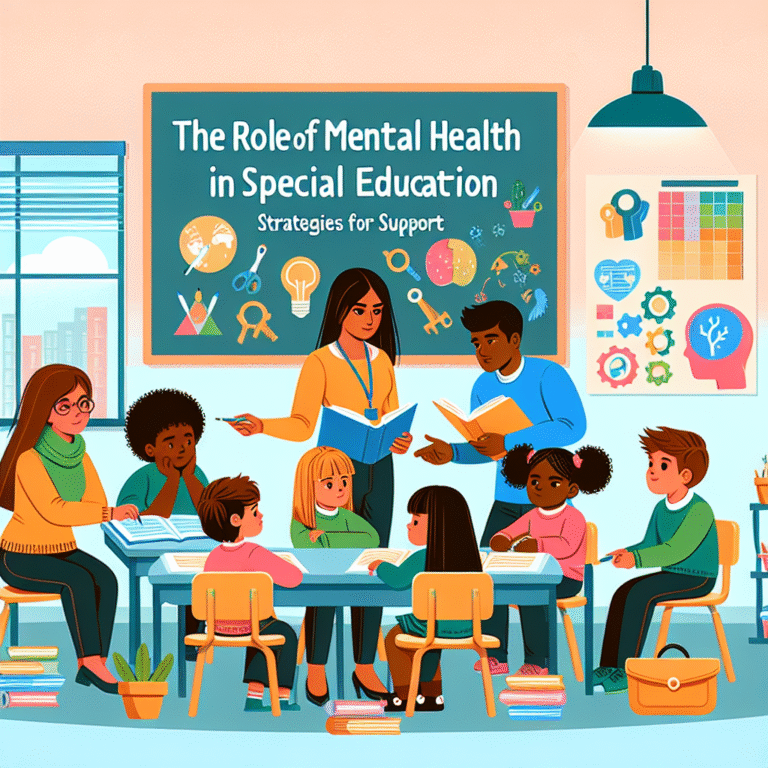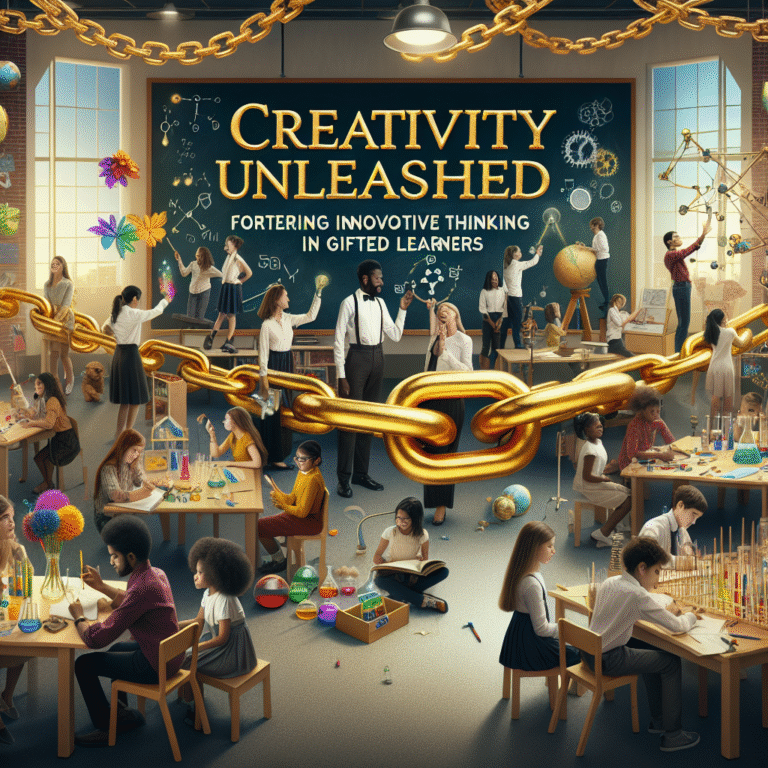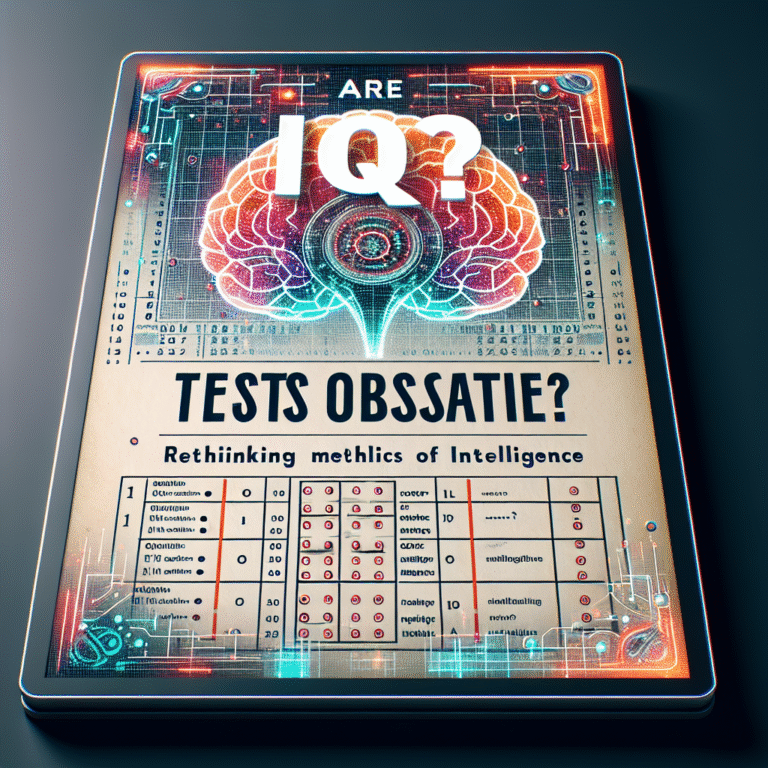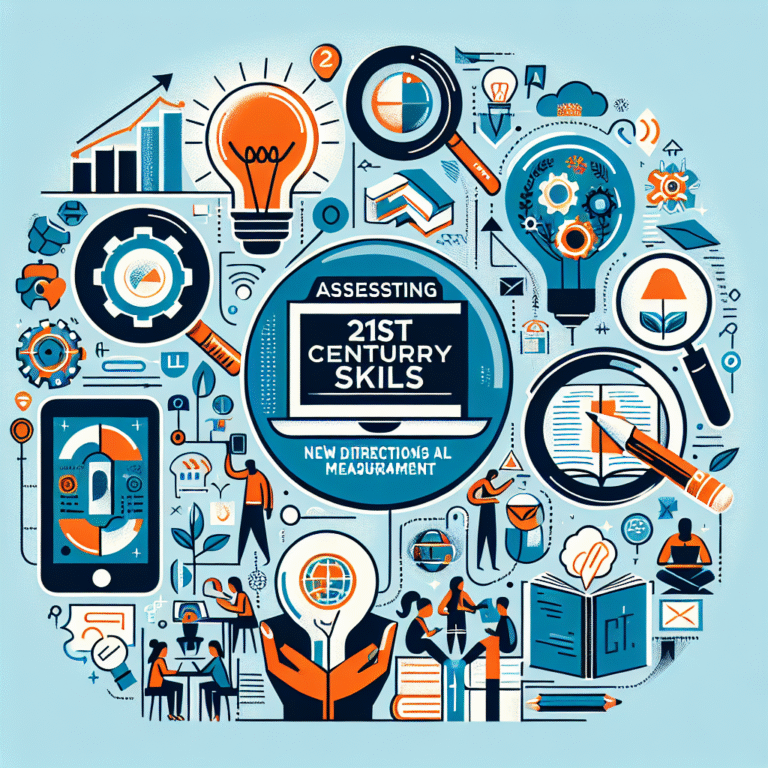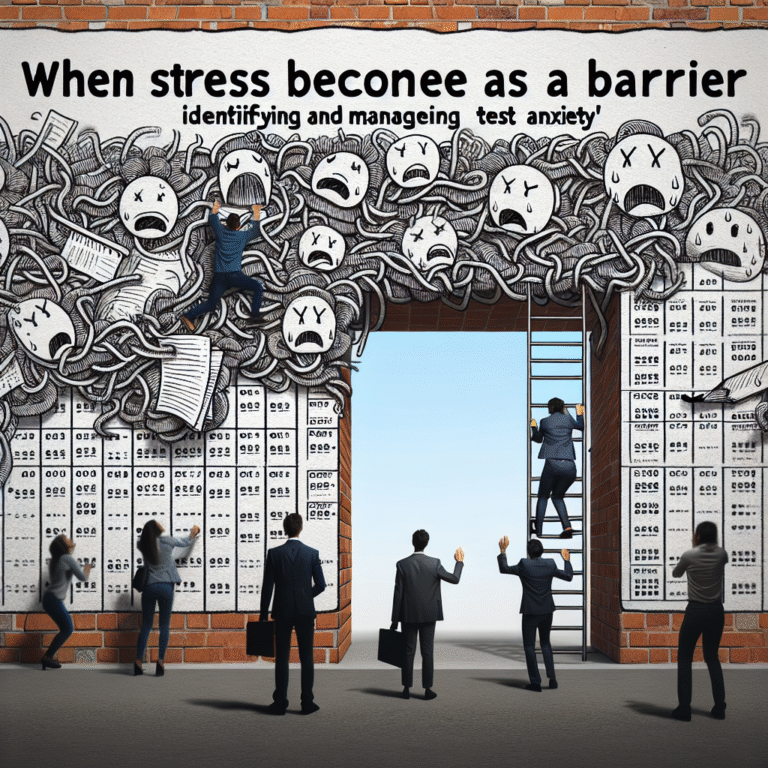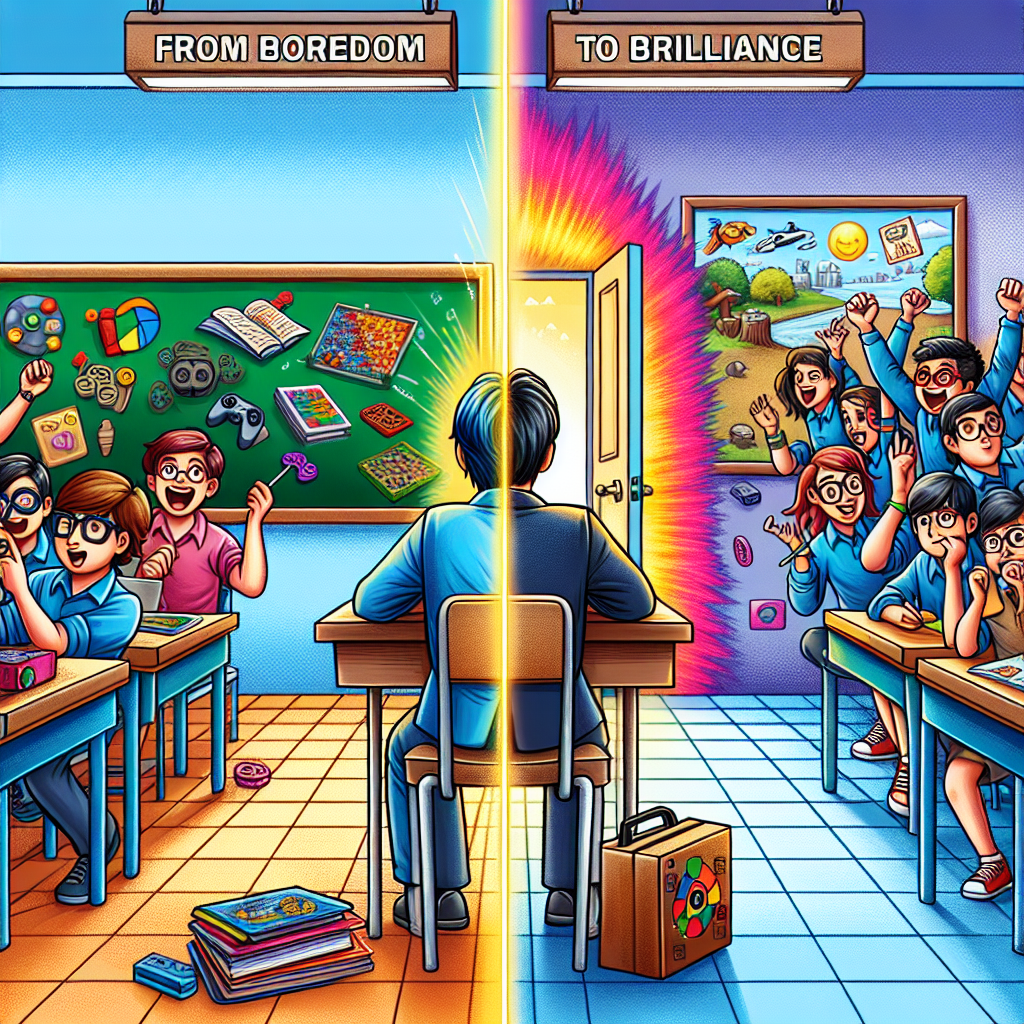
Introduction
In the rapidly evolving landscape of education, traditional teaching methods are facing a conundrum: how to engage students who are increasingly distracted and disinterested. Enter gamification—a powerful educational strategy that transforms learning experiences by harnessing the elements of game design. The method turns mundane tasks into exciting challenges, making learning not just effective but also enjoyable. In this article, we delve into "From Boredom to Brilliance: The Impact of Gamification in Education," exploring how this innovative approach revolutionizes education, offering unique insights and relevant case studies.
Understanding Gamification in Education
What is Gamification?
Gamification is the integration of game-like elements in non-game contexts, particularly education, to boost engagement and motivation. This includes point scoring, leaderboards, challenges, and rewards that trigger students’ competitive spirits while providing them with a fun and interactive learning environment.
The Psychology Behind Gamification
The effectiveness of gamification in education can be traced back to fundamental psychological principles. The Self-Determination Theory posits that people are motivated by three core needs: autonomy, competence, and relatedness. Gamification satisfies these needs by allowing students to make choices, experience competence through achievements, and foster connections with peers.
The Shift from Traditional Methods to Gamification
Traditional Teaching vs. Gamified Learning
In traditional classrooms, students often find themselves passive recipients of information, leaving them disengaged and uninspired. In contrast, gamified learning creates active participants, transforming classrooms into vibrant ecosystems of collaboration and discovery. Here’s a comparative look:
| Aspect | Traditional Teaching | Gamified Learning |
|---|---|---|
| Engagement | Low | High |
| Motivation | External pressures | Intrinsic motivation |
| Interactivity | Minimal | High |
| Assessment | Standardized tests | Continuous feedback |
The Need for Change
With the rise of technology, students today are accustomed to dynamic, interactive environments. Research shows that game-based learning can increase retention rates by 25-60% compared to traditional methods. This provides a strong argument for educators to pivot towards gamification to improve academic outcomes.
Real-World Applications of Gamification
Case Study 1: ClassDojo – Building Classroom Communities
Overview: ClassDojo is a classroom management tool that incorporates gamification to promote positive behavior among students.
Implementation: Teachers assign points for good behavior, participation, and teamwork, which can be visualized on a leaderboard.
Outcome: ClassDojo reports that schools utilizing the platform have seen a 10-15% increase in student engagement, highlighting the power of gamified systems in promoting a positive classroom atmosphere.
Relevance to Boredom to Brilliance: This case study illustrates how gamification facilitates social interaction and peer recognition, shifting students’ focus from mere compliance to active participation.
Case Study 2: Kahoot! – Making Assessments Fun
Overview: Kahoot! is a game-based learning platform that allows teachers to create fun, interactive quizzes for students.
Implementation: Students use their smartphones or computers to answer questions in real-time, competing for points and recognition.
Outcome: A study showed that using Kahoot! in classrooms led to a 30% increase in test scores, indicating higher retention and understanding of the material.
Relevance to Boredom to Brilliance: By turning assessments into a game, Kahoot! serves as a perfect example of how gamification can transform a typically tedious process into an engaging experience.
Benefits of Gamification in Education
Enhances Engagement
Gamification captures students’ attention and sustains it by incorporating elements of fantasy, narrative, and competition, ensuring students are invested in their learning journey.
Promotes Active Learning
Through gamified tasks, students are more likely to engage in self-directed learning, making choices that cater to their interests and strengths.
Encourages Collaboration
Many gamified learning platforms emphasize teamwork, allowing students to collaborate and learn from one another, fostering essential social skills.
Instant Feedback and Assessment
Gamification provides immediate feedback, allowing students to understand their progress and areas for improvement, thus maintaining motivation levels.
Challenges of Gamification in Education
Technology Accessibility
While gamification can be incredibly beneficial, the reliance on technology poses challenges, especially in underfunded schools with limited access to devices.
Overemphasis on Rewards
An overemphasis on rewards can lead to students focusing solely on points rather than intrinsic motivation. Educators must ensure a balance between competition and genuine interest in learning.
The Future of Gamification in Education
As we traverse deeper into the 21st century, the landscape of education will continue to transform. The advent of immersive technologies, such as Augmented Reality (AR) and Virtual Reality (VR), will further bolster gamification efforts. Imagine students exploring ancient civilizations in VR or completing interactive science experiments in a virtual lab.
Trends to Watch
-
Customized Learning Paths: Personalization will become more prevalent, allowing students to embark on unique educational journeys based on their interests and learning pace.
-
Integration with AI: Artificial Intelligence may offer tailored feedback and challenges, adapting to each student’s learning style.
- Cross-Disciplinary Learning: Gamification will increasingly blend subjects, encouraging creativity and critical thinking as students learn to apply knowledge across various domains.
Conclusion
In conclusion, the transition from "Boredom to Brilliance: The Impact of Gamification in Education" exemplifies the potential that gamified approaches hold in redefining educational paradigms. Through increased engagement, active learning, and social collaboration, gamification dynamically reshapes the way students interact with their studies. The future beckons a deeper infusion of technology and creativity in education, promising a more interactive and stimulating learning environment that can excite and engage future generations.
Actionable Insights
Educators looking to implement gamification can start small by incorporating game elements into their existing lesson plans. Options include:
-
Badges for Achievements: Create badges to reward milestones.
-
Leaderboards: Introduce friendly competition by showcasing student progress.
- Interactive Quizzes: Utilize platforms like Kahoot! for engaging assessments.
FAQs
1. What is gamification in education?
Gamification in education refers to the application of game-like elements, such as points and challenges, in the learning process to enhance student engagement and motivation.
2. How does gamification benefit students?
Gamification benefits students by making learning more engaging, promoting active learning, encouraging collaboration, and providing immediate feedback.
3. Are there any drawbacks to gamification?
Yes, potential drawbacks include technology accessibility issues and the risk of students focusing too much on rewards rather than actual learning.
4. Can gamification work in all subjects?
Gamification can be applied across various subjects, though it may require customization to fit the specific context and content.
5. How can teachers start gamifying their lessons?
Teachers can begin by introducing game elements into their existing lesson plans, such as using badges for achievements or incorporating interactive quizzes.
Through exploring "From Boredom to Brilliance: The Impact of Gamification in Education," it’s evident that the integration of gamification in educational settings can foster a culture of engagement and active participation, paving the way for a bright learning future.




